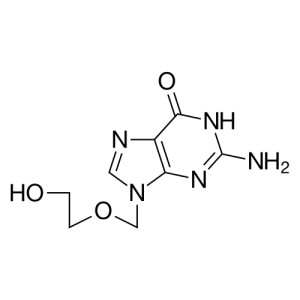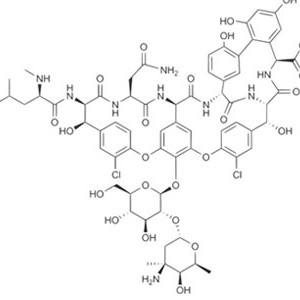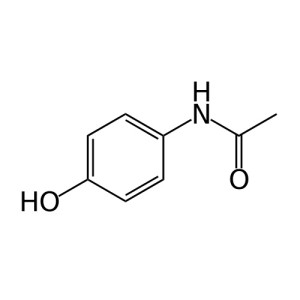Welcome visitor you can
login or register
0 items - $0.00
No products in the cart.
Hyaluronic Acid
Hyaluronic acid (HA; /ˌhaɪəl.jʊˈrɒnᵻk/; also called hyaluronan /haɪˈæljʊrənən/, hyaluronate /ˌhaɪəlˈjʊərəneɪt/ or /ˌhaɪəˈlʊərəneɪt/) is an anionic, nonsulfated glycosaminoglycan distributed widely throughout connective, epithelial, and neural tissues. It is unique among glycosaminoglycans in that it is nonsulfated, forms in the plasma membrane instead of the Golgi, and can be very large, with its molecular weight often reaching the millions.[2] One of the chief components of the extracellular matrix, hyaluronan contributes significantly to cell proliferation and migration, and may also be involved in the progression of some malignant tumors.[3]

Make an enquiry for this product
Category: Active Pharmaceutical Ingredients
Starting at
Product Description
| CAS Number | 9004-61-9 31799-91-4 (potassium salt) 9067-32-7 (sodium salt) |
| UNII | S270N0TRQY |
| Chemical formula | (C14H21NO11)n |
| Solubility in water | soluble (sodium salt) |
| ATC code | D03AX05 M09AX01, R01AX09, S01KA01 |
| S-phrases | S22,S24/25 (sodium salt) |
| Lethal dose or concentration (LD, LC): | |
| LD50 (Median dose) | > 2400 mg/kg (mouse, oral, sodium salt) >4000 mg/kg (mouse, subcutaneous, sodium salt) 1500 mg/kg (mouse, intraperitoneal, sodium salt)[1] |





